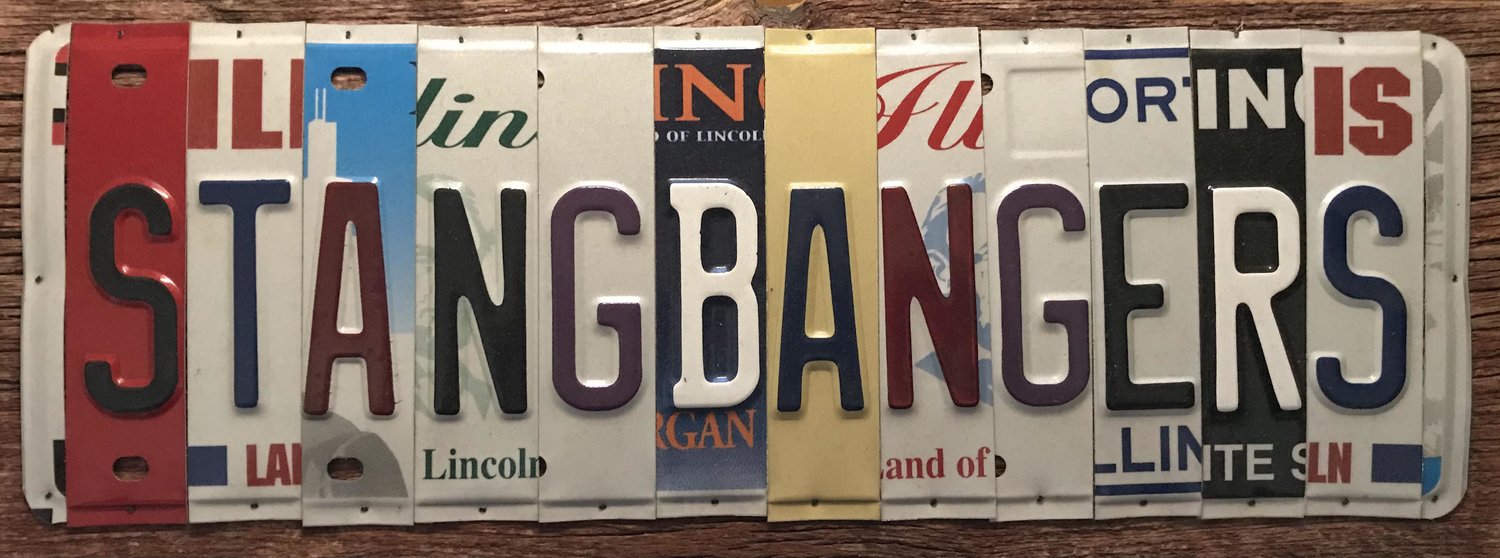Some Recently-Unearthed Early Ford Mustang Development Documents
By now we all know the story of Ford executive Lee Iacocca, in the 1960s, anticipating the buying power of the baby boomer generation as they came of age. He correctly perceived that they’d be down like James Brown for a small car with sporty flair and a value price. Now, in concert with the Mustang’s 57th birthday, Ford is adding to the narrative with more details from its archives. The Blue Oval has unearthed previously unseen documents from when the famous pony car existed only under the T-5 or “Special Falcon Project” designations. There’s a lot of history to unpack, so let’s get to it.
First, however, it’s important that we remember the automotive context of the early 1960s, when the “Special Falcon Project” was in development. For one, consider the radical nature of the 1960 Chevrolet Corvair, particularly the top-tier Monza coupe or convertible and the type of buyer (young, aspirational) these variants would attract. Ford management knew that it would be scuffling in the marketplace with the Corvair, as well as affordable imports like the VW Beetle. To challenge the innovative competition, Ford would have to come up with creative, yet still realistic solutions.
Though the Special Falcon Project would eventually win out in the form of the Mustang, it was not the only option Ford considered. What about grafting a 1955–57 Thunderbird body onto the unibody of the 1961 Ford Falcon? Behold the XT-Bird, the result of a collaboration with the Budd Company in 1961. It even looked ready for production thanks to all that recycled metal (including the dashboard). The XT-Bird did fulfill Lee Iacocca’s need to make something for up-and-coming baby boomers, and there were no safety concerns of using outdated technology. (You could make anything back then — not to mention Ford got seriously burned by its 1956 Lifeguard system when the company actually tried to make a buck on safety — so this sporty Monza alternative had some merit.) Wisdom prevailed, thankfully, and internal documents (above) articulate how Ford put the XT-Bird to bed.
Imagine being a person that went through hell in the Great Depression, finally got into the swing of things during the Truman administration, spent $3200-ish for Ford’s finest flagship T-Bird in 1955 only to have some darn baby boomer whippersnapper buy the same basic shape a decade later for two-thirds of the price you paid back then. That’s how XT-Bird financials would have likely stacked up in 1965, not to mention a too-recent retro throwback might have had limited appeal. Remember, this was the counter-culture 1960s; would forward-looking boomers really want their grandpa’s Thunderbird?
Furthermore, as the memo states, the XT-Bird would have been superfluous assuming the Special Falcon Project also came to life. The latter would have a lower unit variable cost, which ultimately bore delicious fruit when Ford made 121,538 Mustangs in 1964 and a whopping 559,451 in the full year of 1965.
(photo credit: Ford)




